From black and white photos or artifacts that seemed to have 'slept' in the past, history suddenly 'resurrects' before our eyes. Visitors to the exhibition "Keeping the Oath of Independence" at the Vietnam Military History Museum no longer just look at the frames but also 'set foot' in the moment as if they were in the middle of the flow of history.
For the first time, this museum has applied augmented reality (AR) technology combined with artificial intelligence (AI) to 'awaken' precious film footage and documentary images, helping history appear vividly right before the eyes of viewers.
Technology is the 'bridge' between past and present
On the afternoon of August 12, towards the 80th anniversary of the August Revolution and National Day September 2, the Vietnam Military History Museum ( Hanoi ) opened the thematic exhibition "Keeping the oath of independence", taking viewers back in time to the glorious history of the nation.
The exhibition displays more than 300 images, documents, and valuable artifacts, recreating the journey of struggle to gain and maintain the country's independence and freedom.
The highlight of this exhibition is the application of modern interactive technologies. AR and AI technologies are integrated into the exhibition space, opening up a new approach that makes the past no longer distant but vivid and close to the viewer.
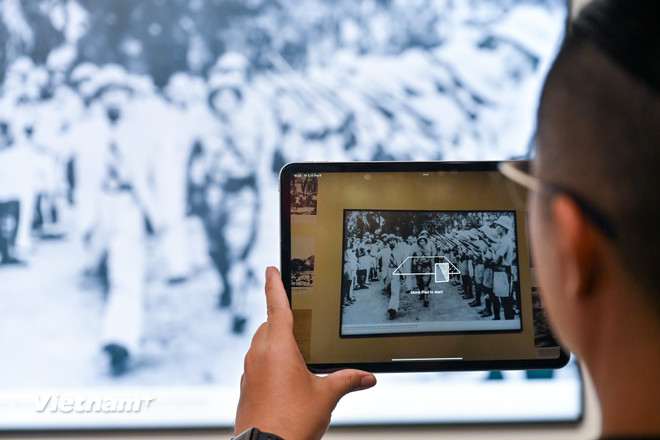
Black and white documentary photos that seemed to have remained still in memory suddenly 'moved' like a film; historical footage was recreated realistically, helping visitors feel like they were standing in the middle of the events at that historical moment.
Instead of just looking at artifacts and static images, viewers can now step into the historical scene itself through interactive device screens.
According to the museum's introduction, there have been three typical scenes restored using AR technology, including: the scene of the "Determined to Fight, Determined to Win" flag flying on the roof of General De Castries' command bunker on the afternoon of May 7, 1954, marking the historic victory of Dien Bien Phu; the moment President Ho Chi Minh read the Declaration of Independence at Ba Dinh Square on September 2, 1945; the image of the Vietnam Propaganda Liberation Army led by General Vo Nguyen Giap, during the founding ceremony on December 22, 1944.
Visitors only need to use a tablet provided by the organizer (or a personal device with AR support) to point at the documentary photos in the exhibition area and vivid short videos will immediately appear.
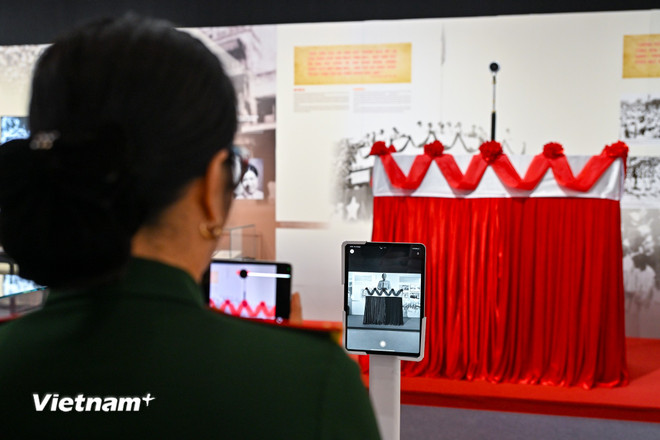
The harmonious combination of traditional artifacts and digital interactive technology has transformed the quiet museum space into a vivid, intuitive experience environment. History is told in a modern, experiential language, creating a bridge between the past and the present.
Speaking at the exhibition, Colonel Le Vu Huy - Director of the Vietnam Military History Museum emphasized that the application of modern technology is to create a "bridge" between the past and the present, helping each officer, soldier and citizen, especially the young, to imbue the value of independence and freedom. "We do not only display to admire, but also want to arouse emotions, inspire, so that the achievements of our ancestors become the driving force for the cause of building and defending the Fatherland today", Mr. Huy.
Also at the event, Mr. Vo Hong Nam (son of General Vo Nguyen Giap) expressed his impression of the application of digital technology in museum displays. He commented that technology has created a bridge between the past and the present, providing a rare opportunity for the younger generation to fully embody and experience the heroic spirit of the nation's historical moments.
Positive feedback from the public and historical witnesses shows that this new direction is contributing to spreading patriotism and national pride to the community.
As technology renews experiences, explore history
It is known that the AR project at the exhibition was implemented by AI Day company in collaboration with the museum. Mr. Thai Thanh Nhat Quang - CEO of the company shared that in Vietnam today, the exploitation of technology to convey cultural and historical values is still limited compared to other fields. Therefore, he and his colleagues have cherished the idea of how to anywhere in the S-shaped strip of land, visitors can listen to historical stories right on the spot, immersing themselves in the cultural and historical space of that locality.
After nearly a year of research and development, the team has launched a solution using AR, AI and film editing technology to realistically recreate historical events.
"This is a way to recreate historical scenes that we previously only saw through blurry black and white photos," said Mr. Quang.
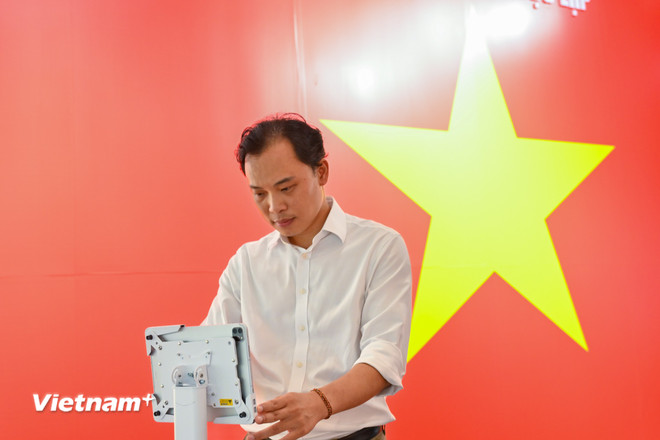
According to the CEO, bringing documentary images into the museum space in the form of an AR experience will help expand the audience, attracting more people to the museum.
Mr. Quang said the development team invested a lot of effort to ensure the quality of each scene. They had to find actors with the right appearance and demeanor, prepare period-appropriate costumes, and spend days filming the simulated scenes. The production process lasted for months, plus many weeks of post-production to create the most vivid historical AR footage for visitors.
The unique point of this solution is that the team chose to recreate it like a historical film, that is, using real actors to reenact the event as if making a film. This method helps create a very high level of authenticity, combining sound, light and the characters' emotions, making it easy for viewers to immerse themselves in the scene. "It's no different from making a movie," Mr. Quang likened to the elaborate implementation process.
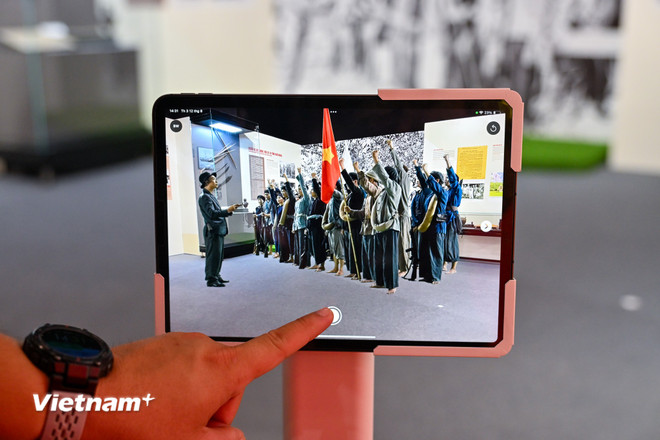
He said the project was discussed and implemented quickly within the last two months, with a team of 10 members. Every detail, no matter how small, was taken care of by the team to achieve the best accuracy and efficiency.
Sharing about future orientation, CEO AI Day hopes that one day in the not too distant future, at historical sites across the country, people can simply raise their phones to see and experience films recreating history in the most vivid way. He emphasized that the project has shown the benefits of a new, less dry way of conveying history, helping young people to be more receptive and excited about the history of their country.
"We have to touch the audience's emotions in a very short time to retain young people," said Mr. Quang, who believes that interaction and emotion are the 'key' for technology to be effective in history education.
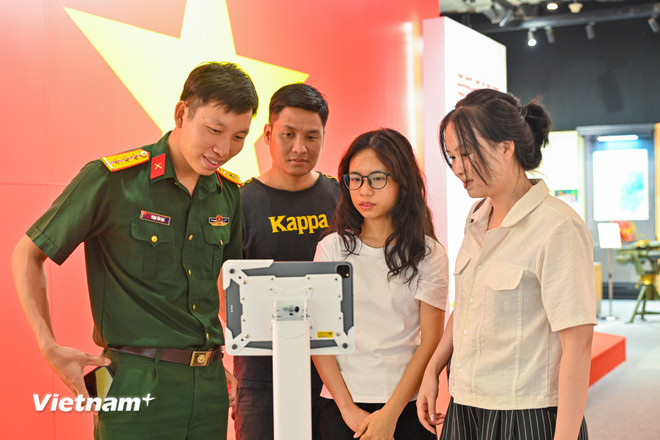
Of course, to accurately recreate events, the development team also consulted many historical experts from the beginning so that the content shown closely follows the documents.
Not only applied in real museums, digital technology is also helping to bring museum experiences to a large audience via the Internet.
Previously, at the end of 2024, the open digital platform YooLife launched the VR360 space virtualization feature of the Vietnam Military History Museum on the occasion of the museum's new headquarters opening.
This digital product allows users to visit the museum online in a visual way: they can select areas from the entrance to each gallery, rotate the view 360 degrees to see the entire museum space.
With such innovative efforts, the Vietnam Military History Museum is gradually escaping its traditional quiet image to become an attractive destination for the public, especially young people who are passionate about exploring history. AR, AI and virtual reality technologies are expected to continue to be widely applied, contributing to 'keeping the fire' of national historical memories and spreading valuable lessons from the past into modern life./.
Source: https://www.vietnamplus.vn/cong-nghe-ar-dua-du-khach-cham-vao-thoi-khac-lich-su-hao-hung-cua-dan-toc-post1055498.vnp




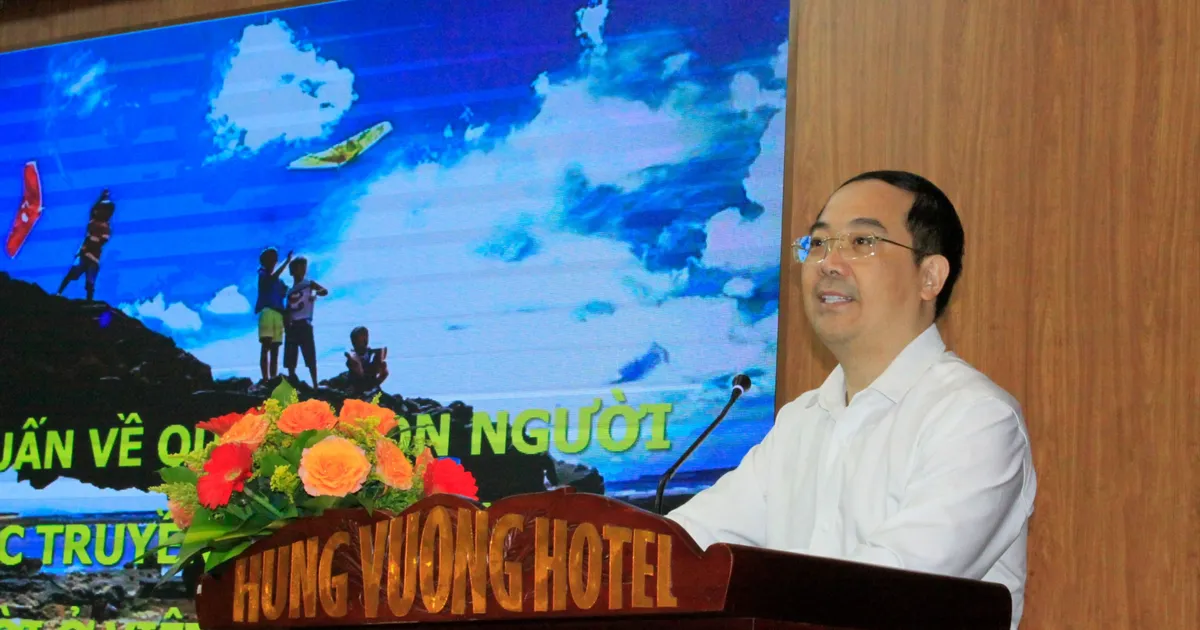
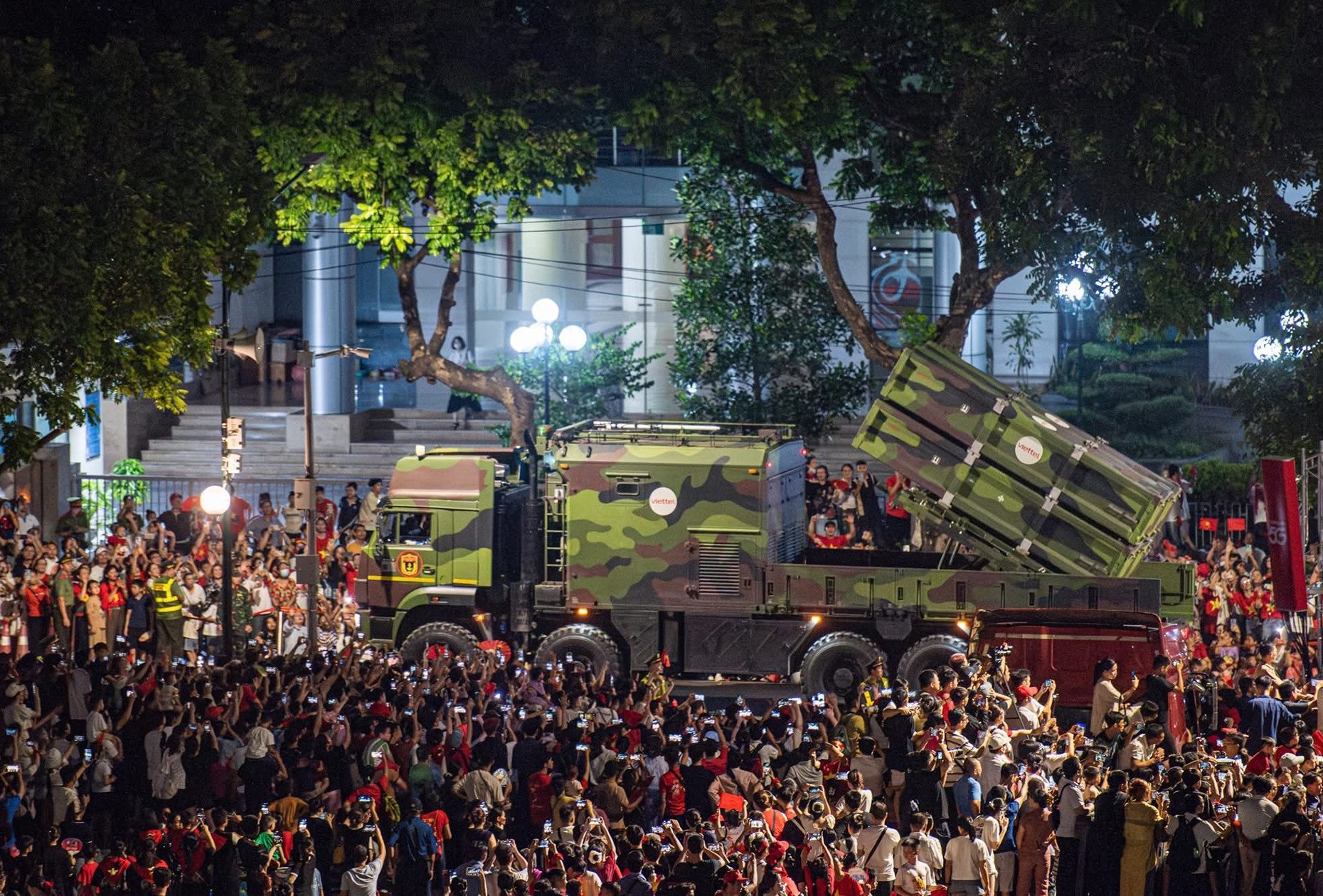
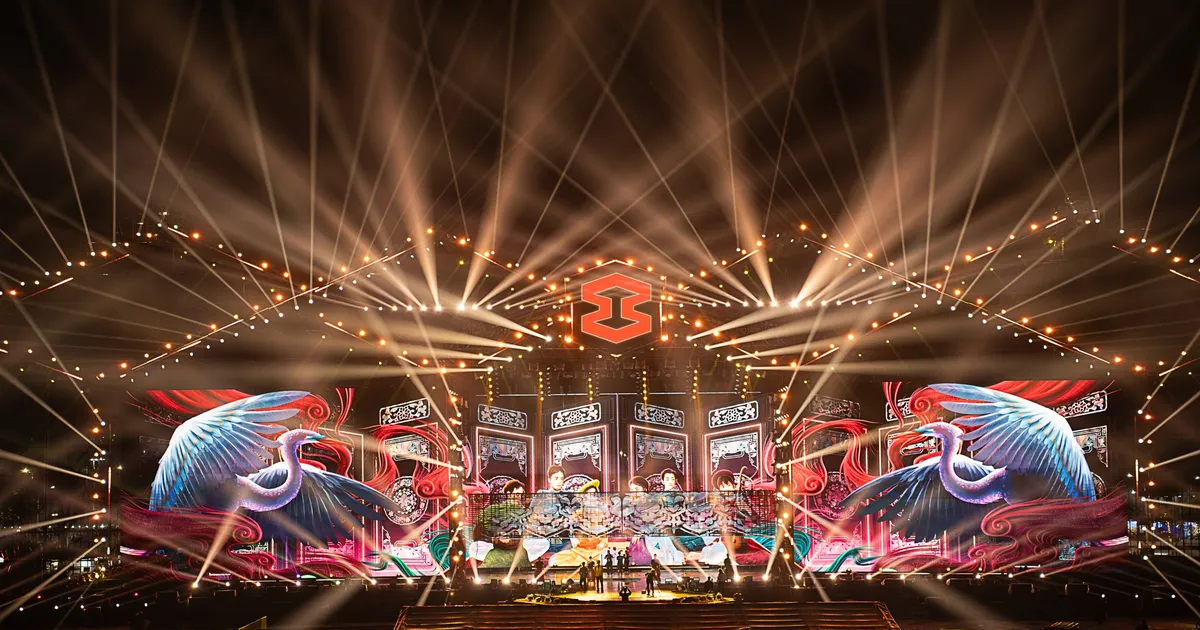
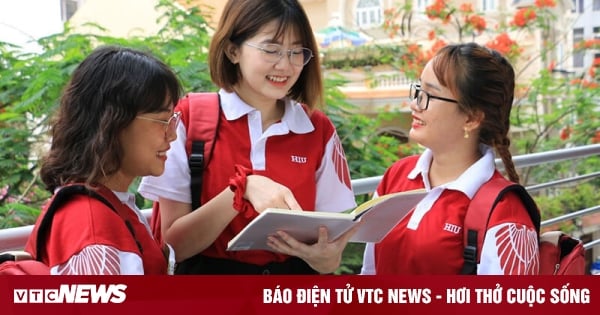
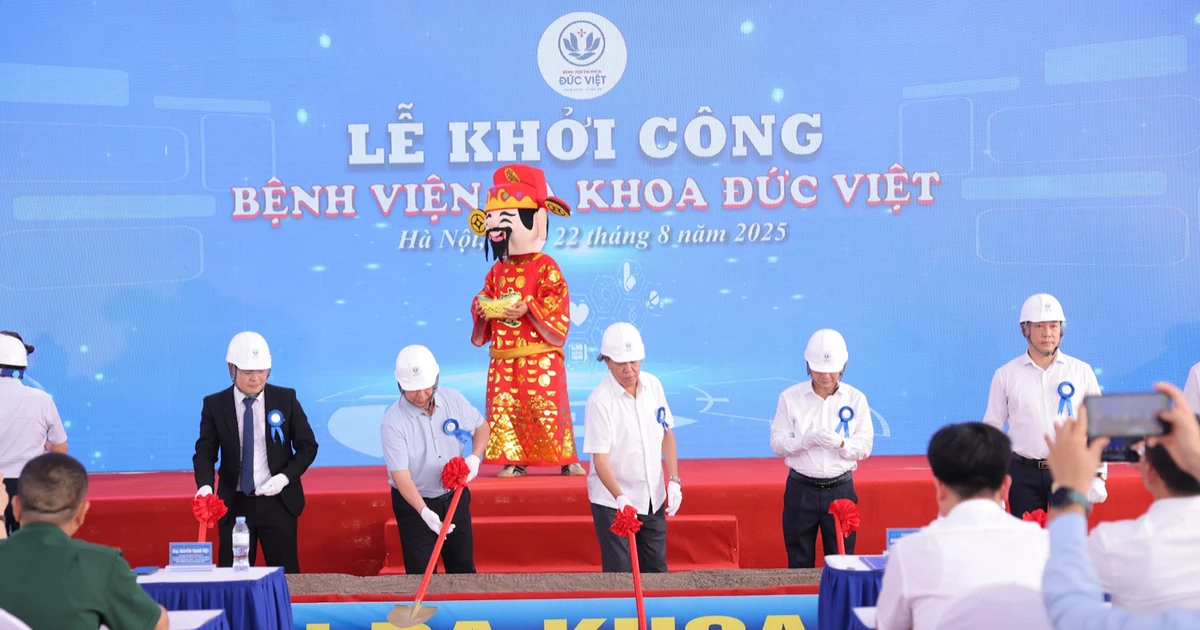
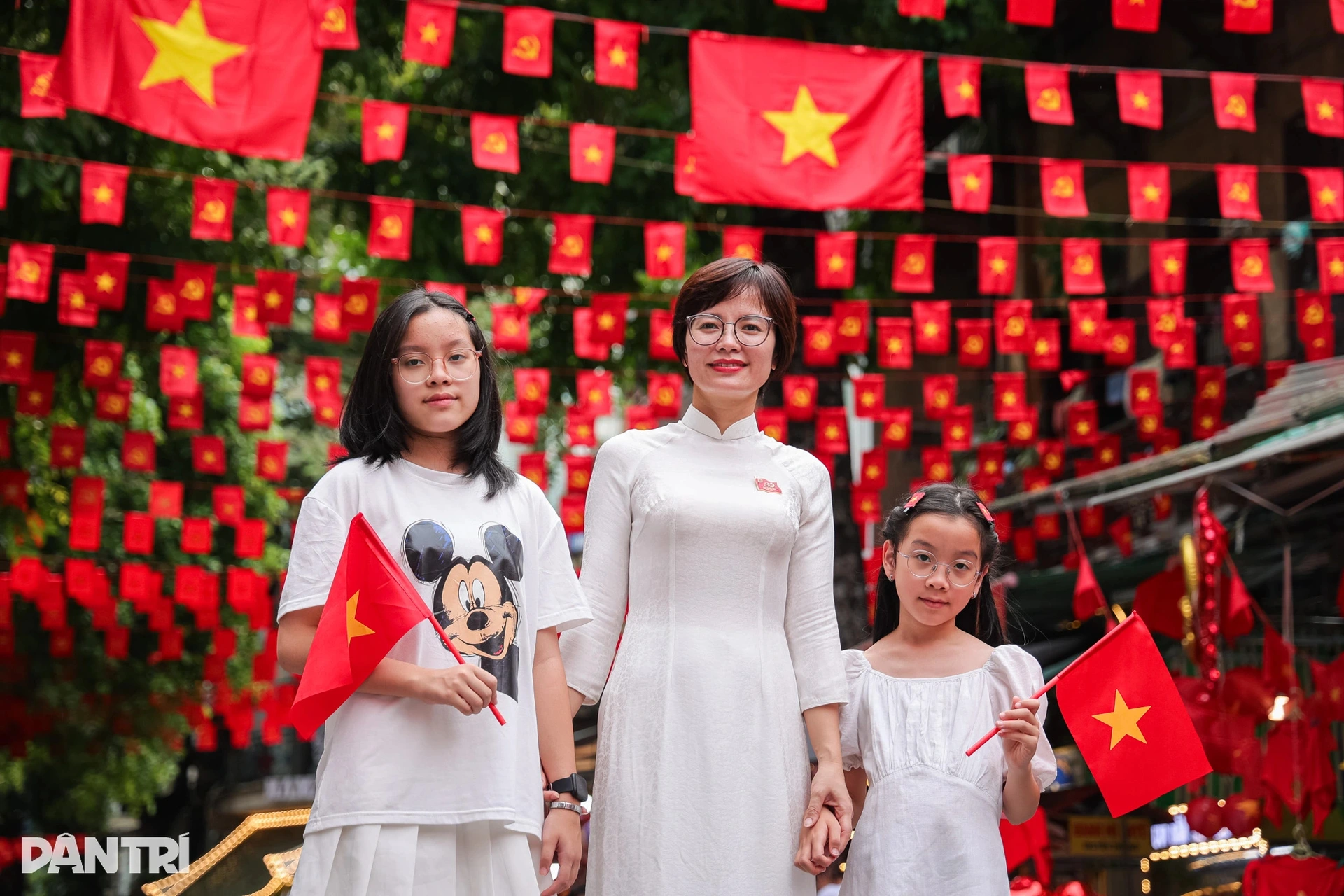
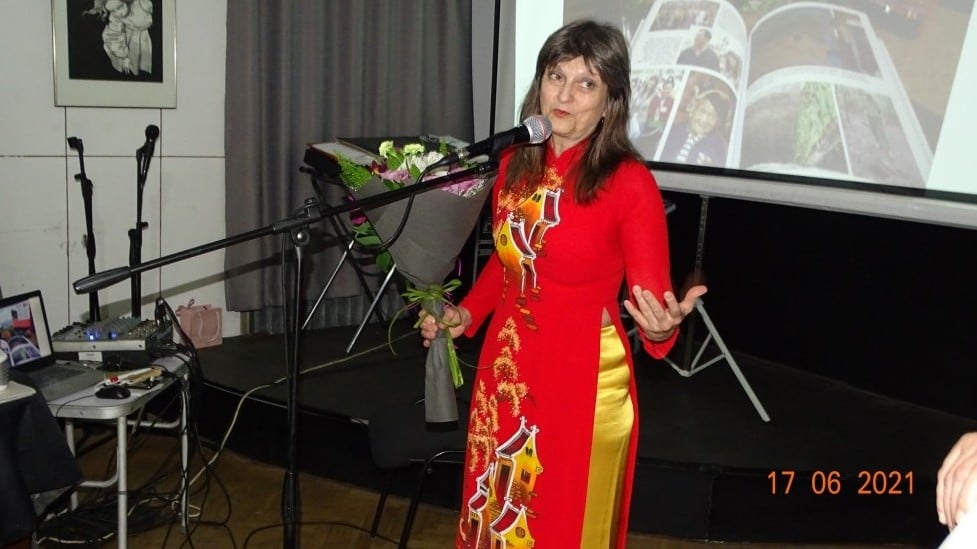
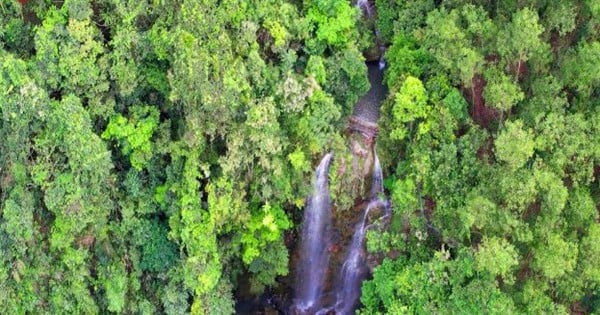











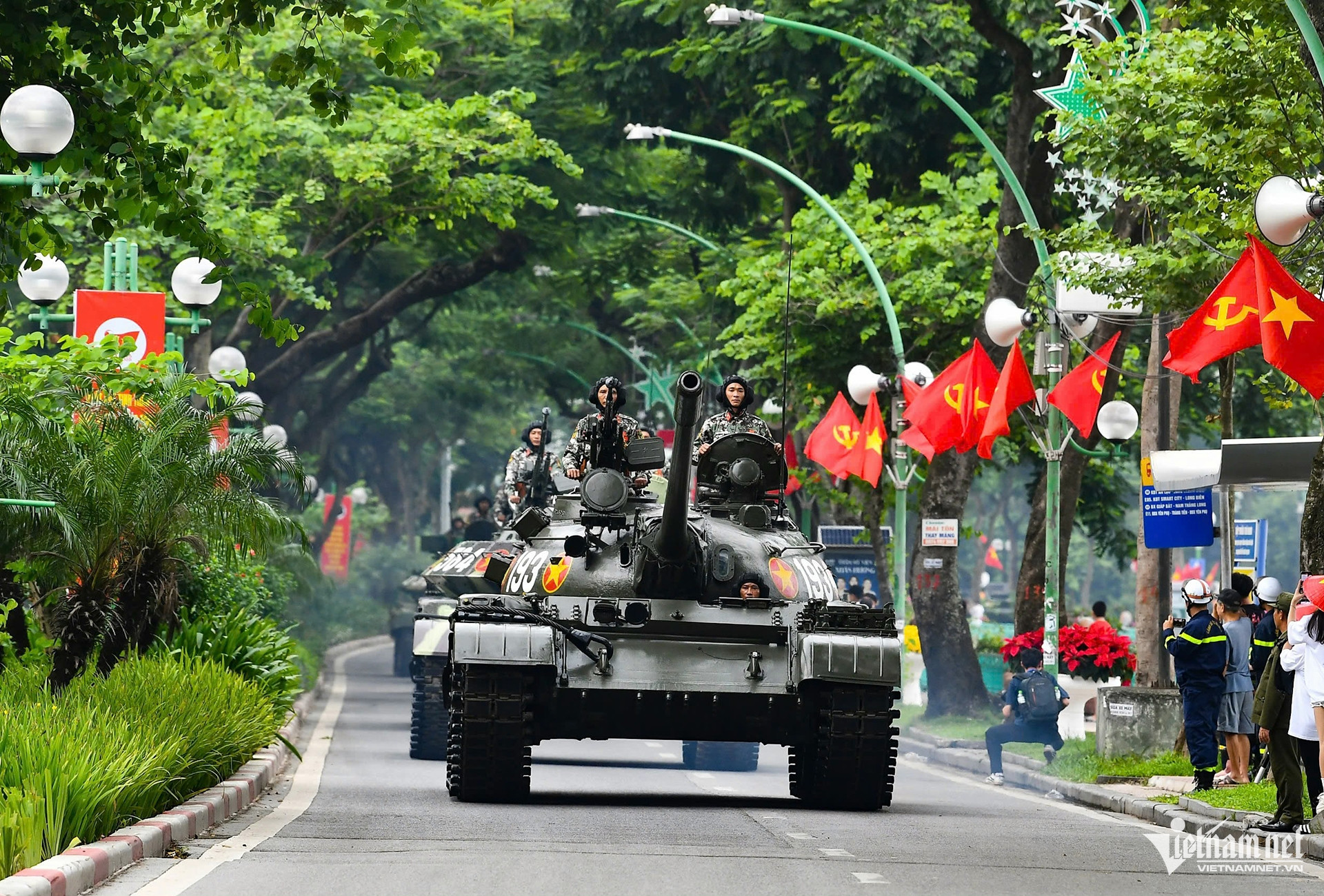
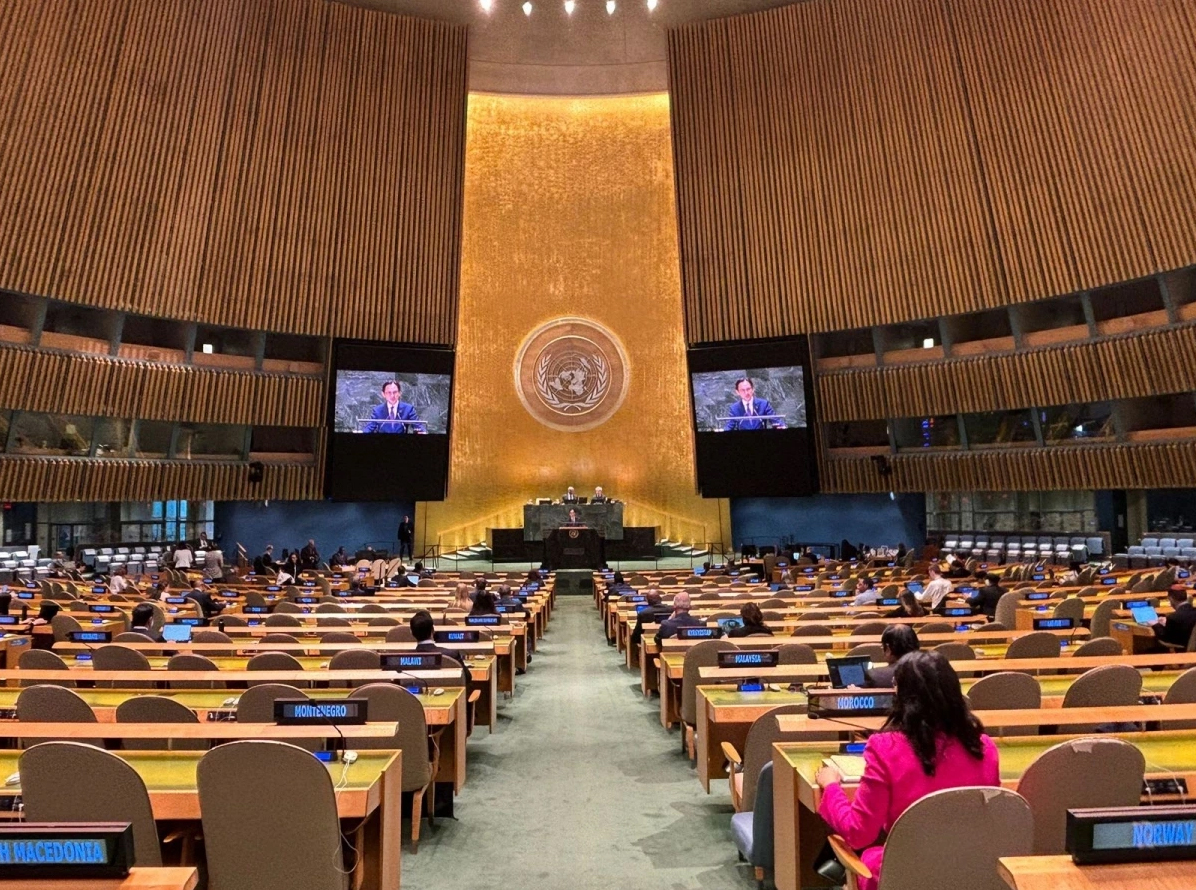
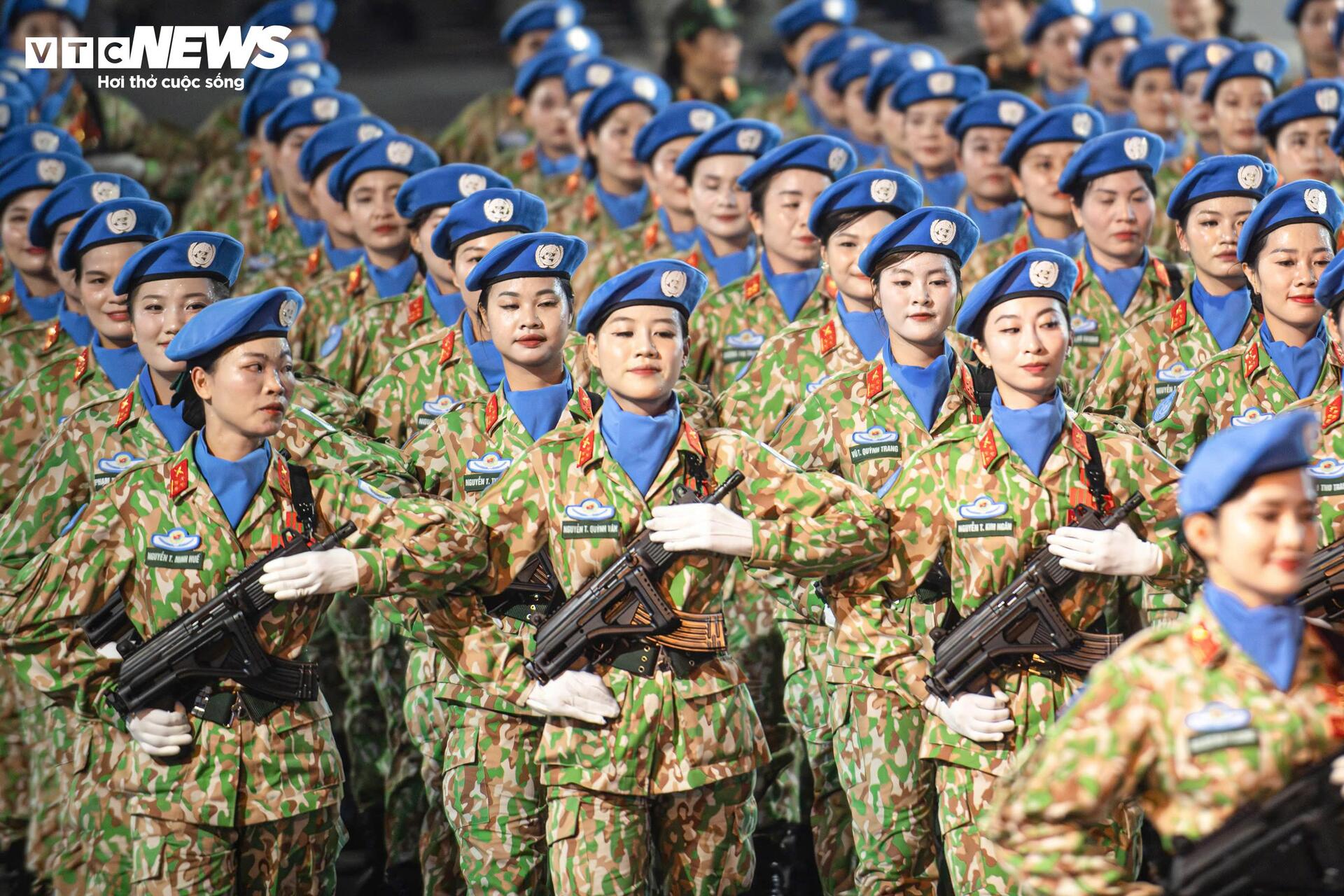


![[Photo] Scientific workshop "Trade unions with the task of participating in state management and building a socialist rule of law state"](https://vstatic.vietnam.vn/vietnam/resource/IMAGE/2025/8/22/789f6384ec37466098a8bcb531deb281)
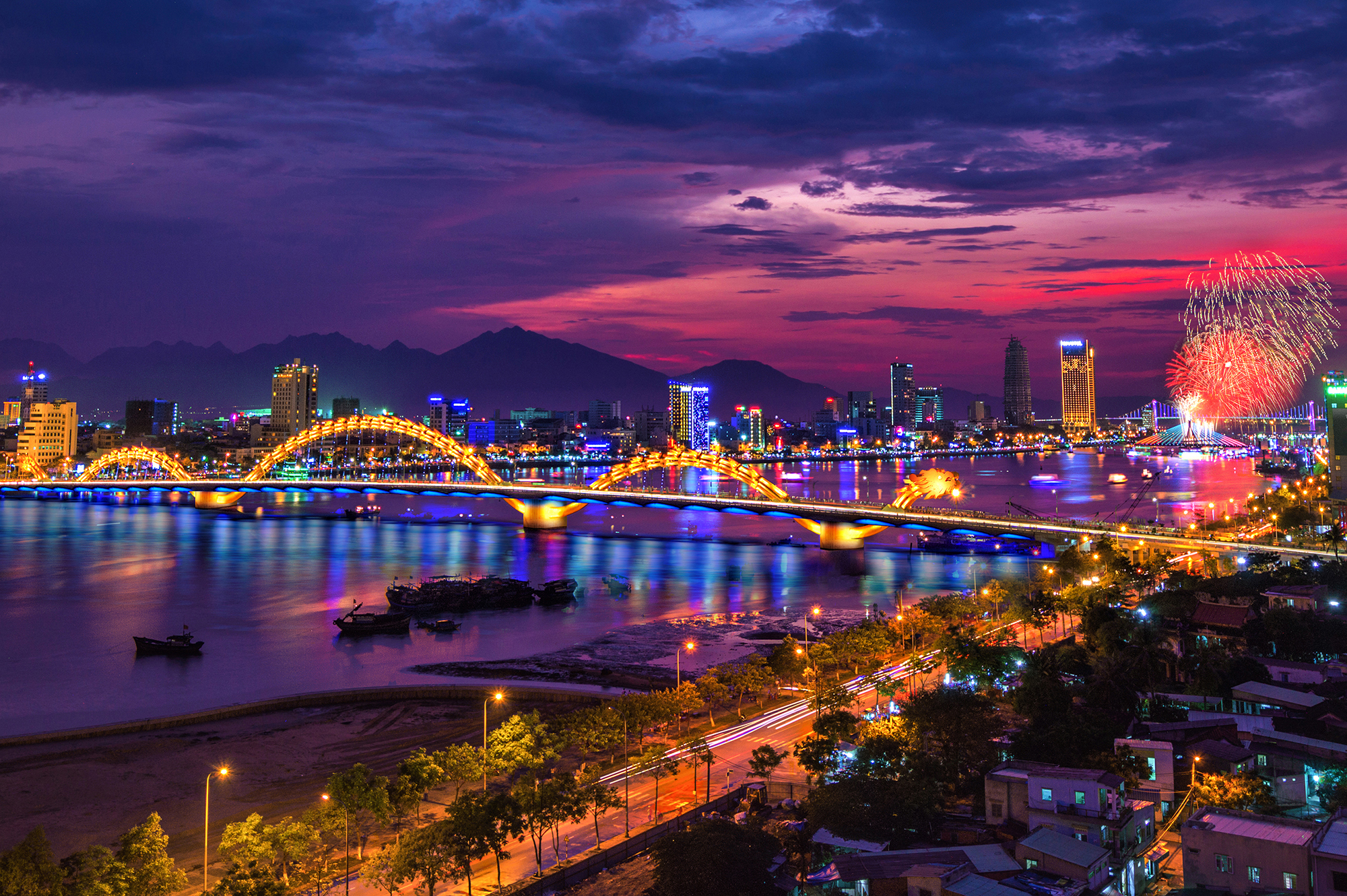
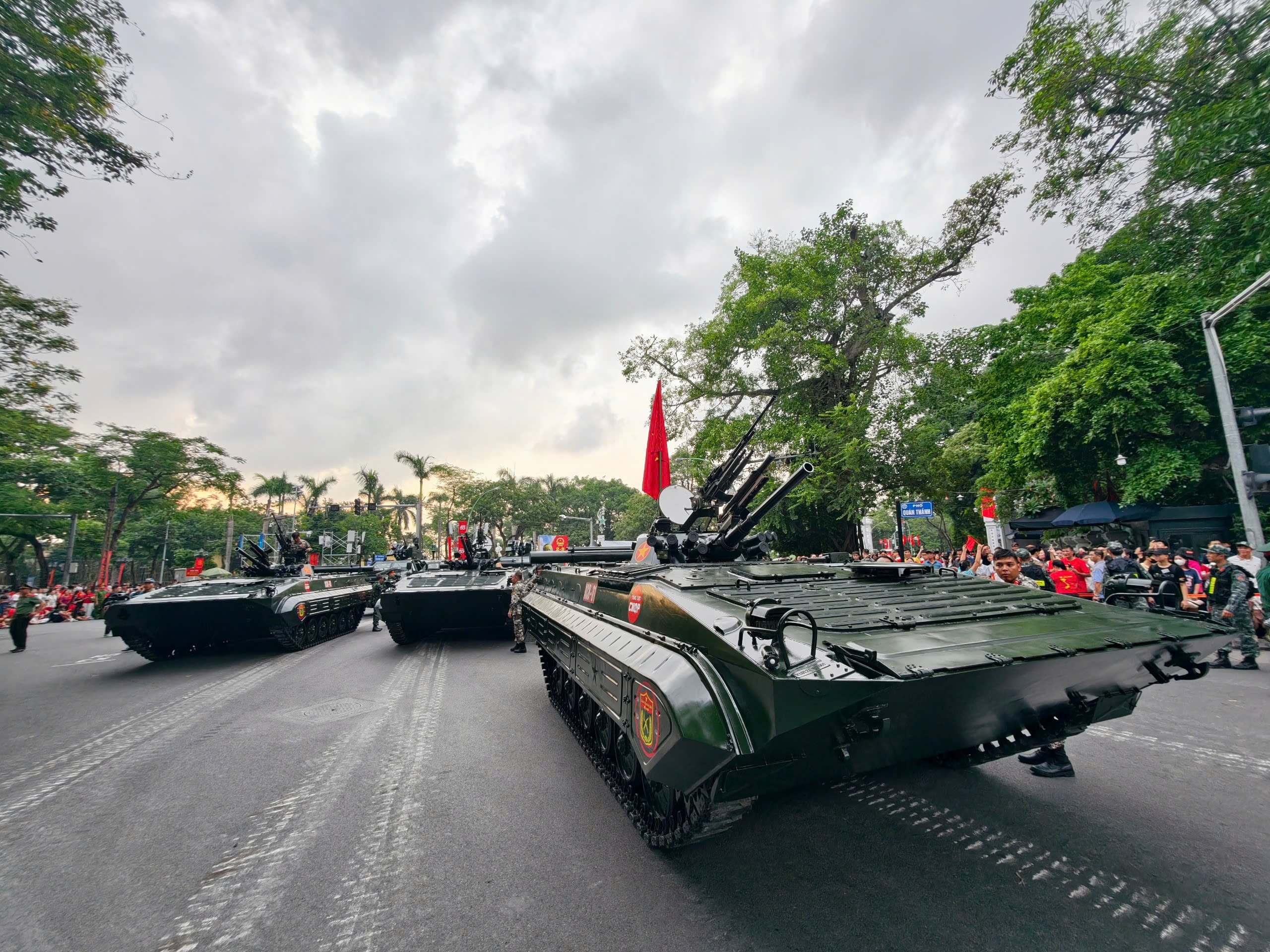








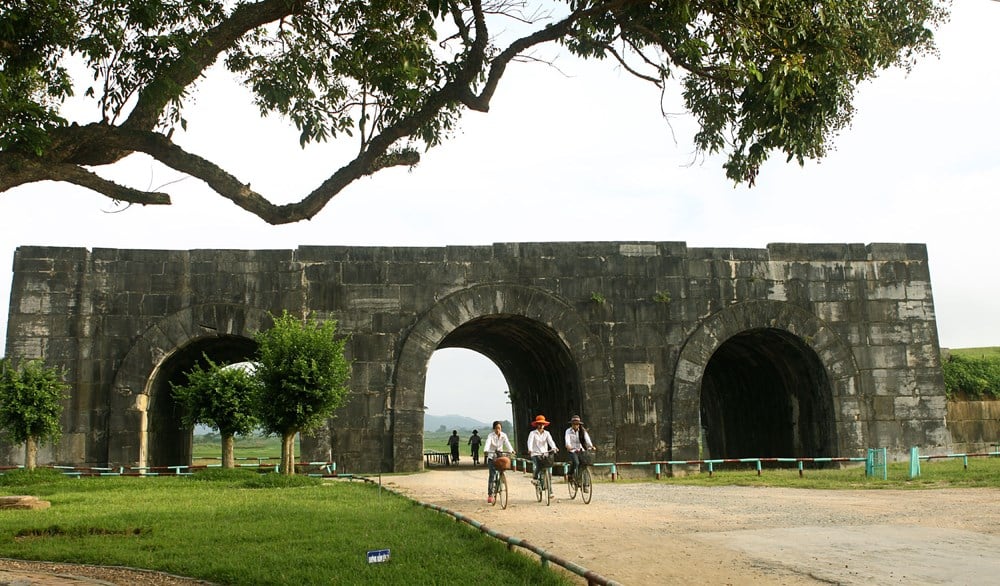

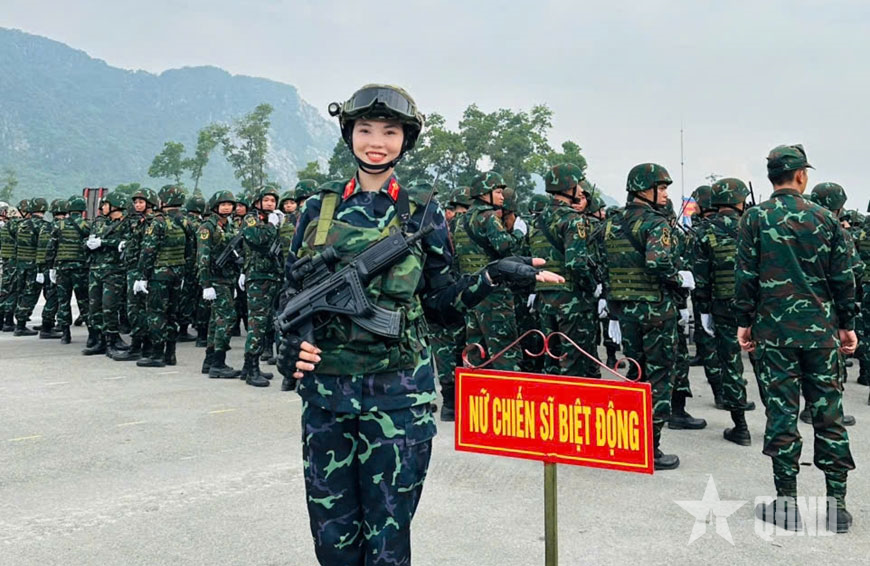



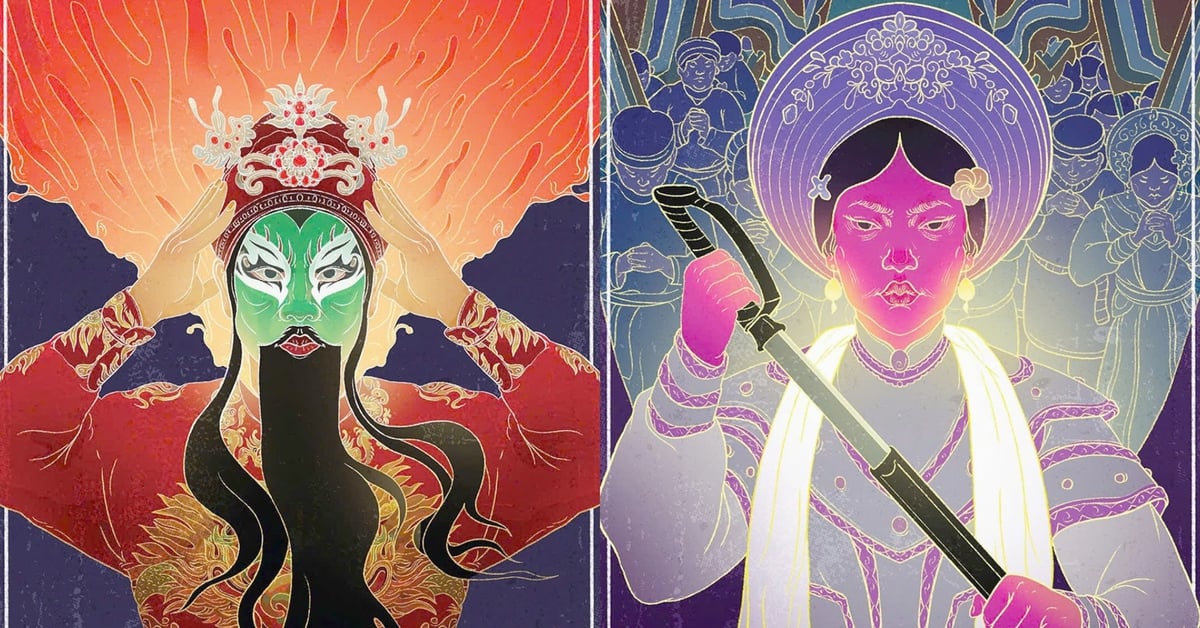

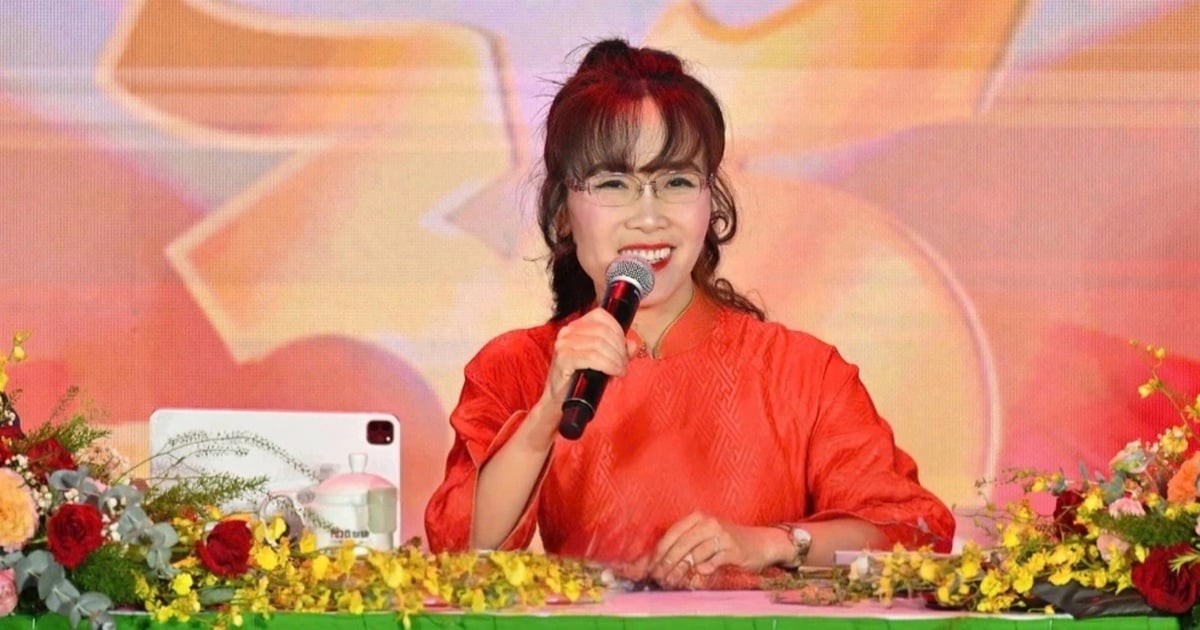
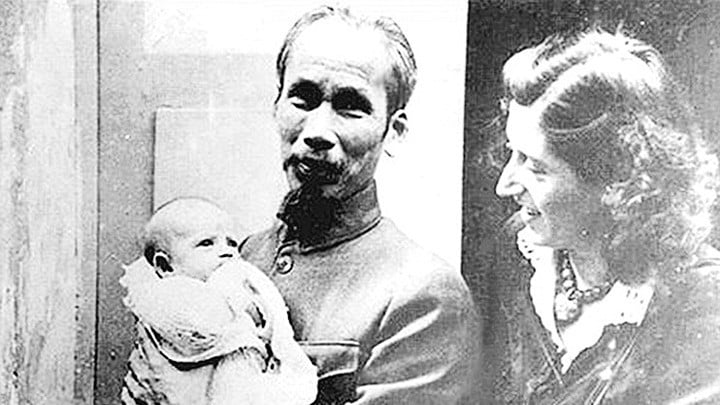








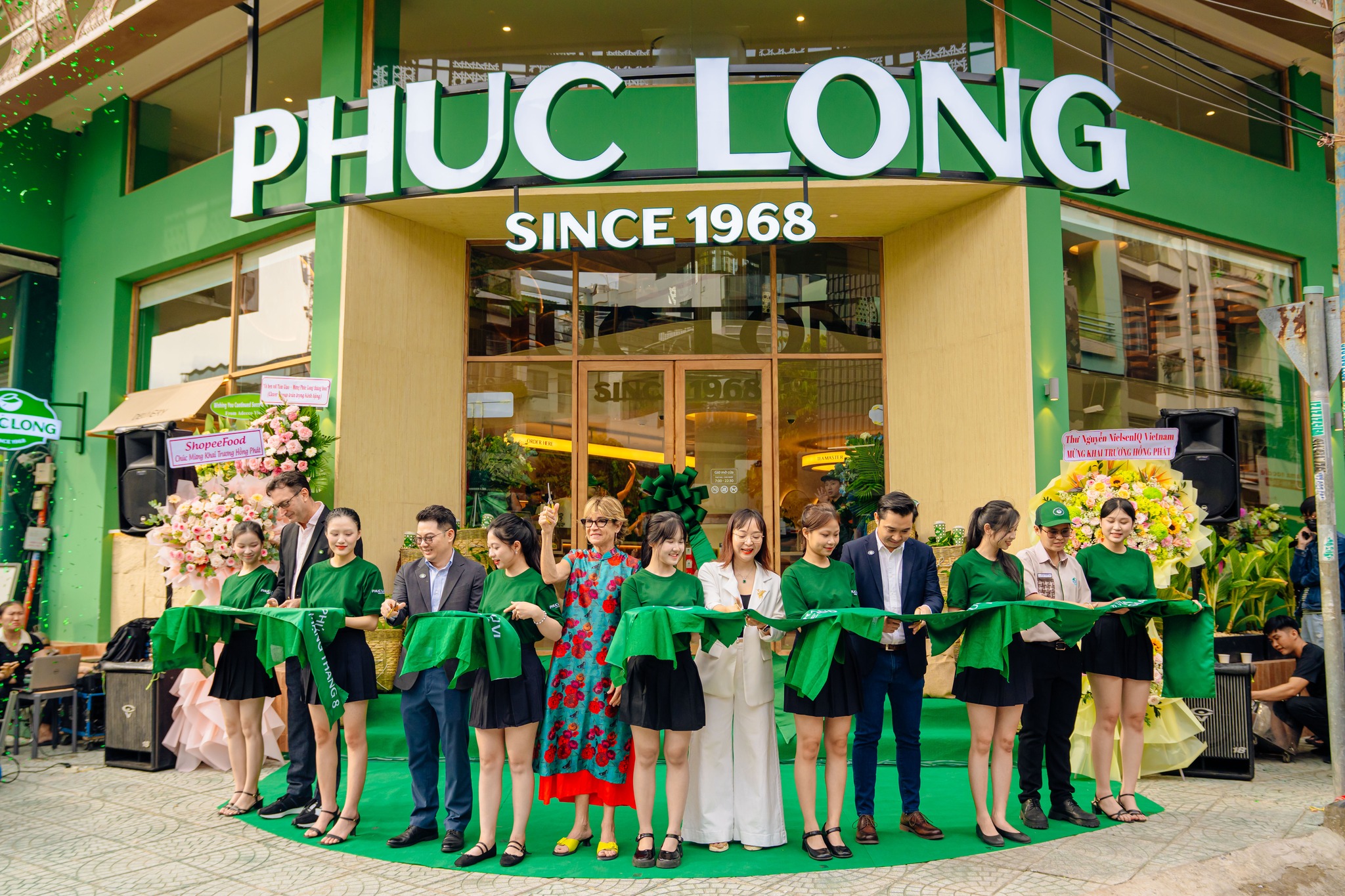




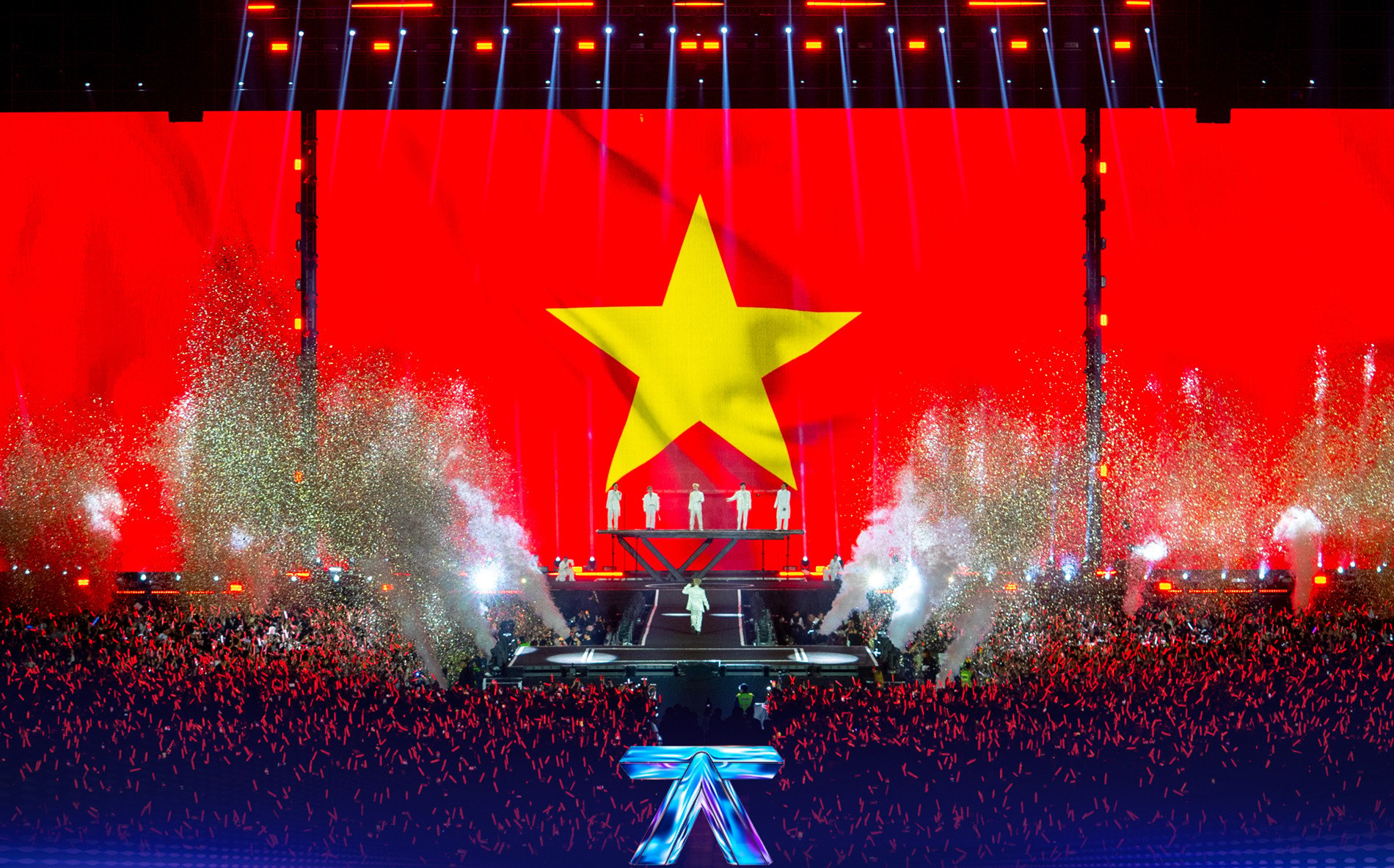
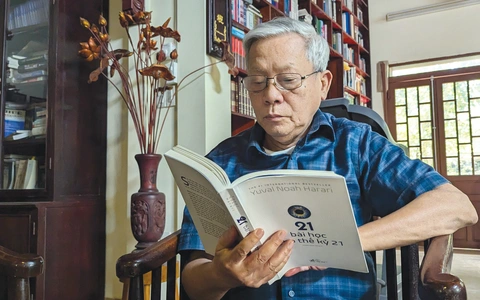
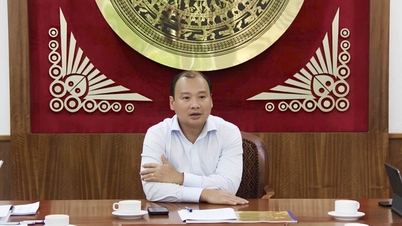

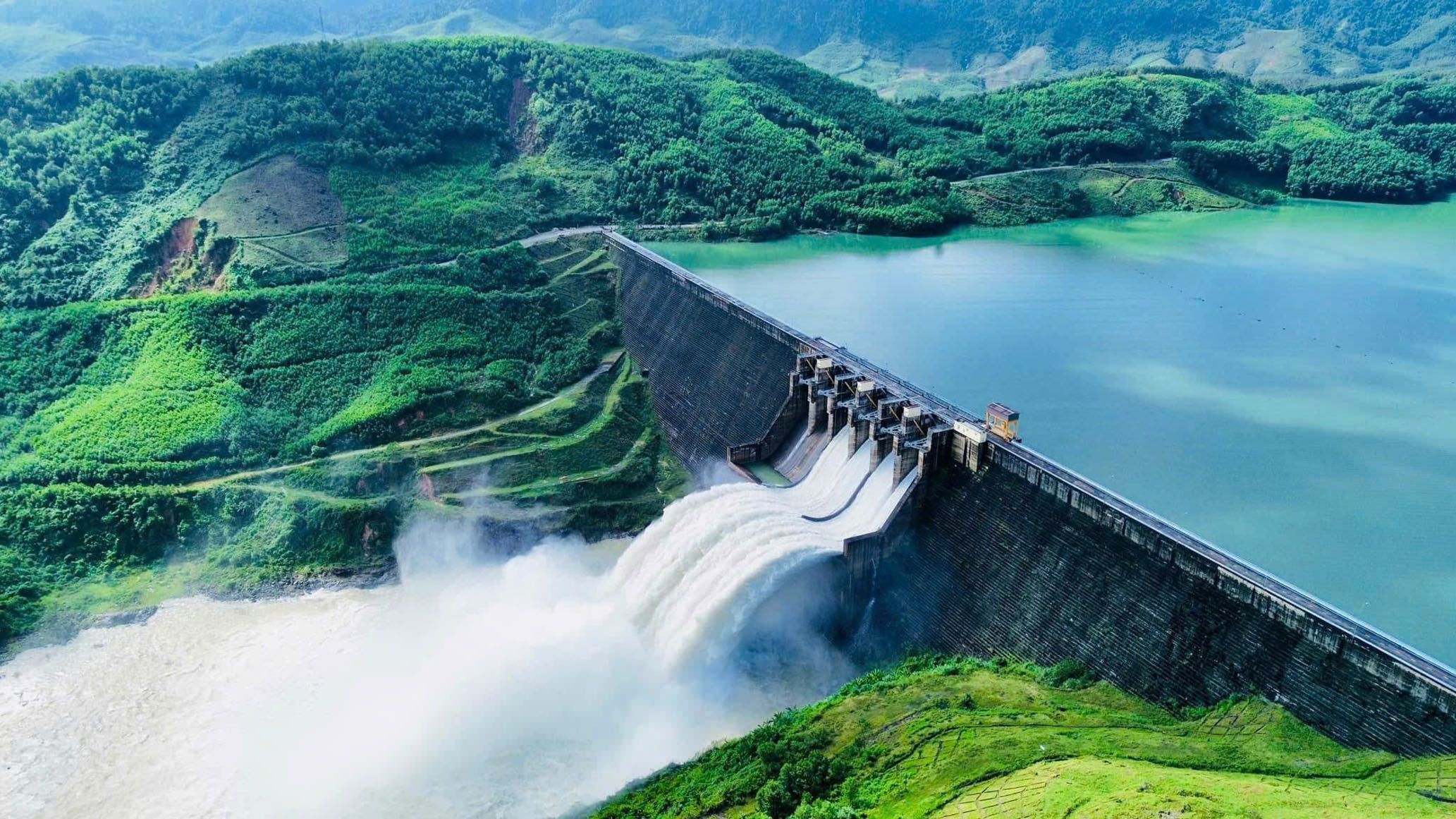
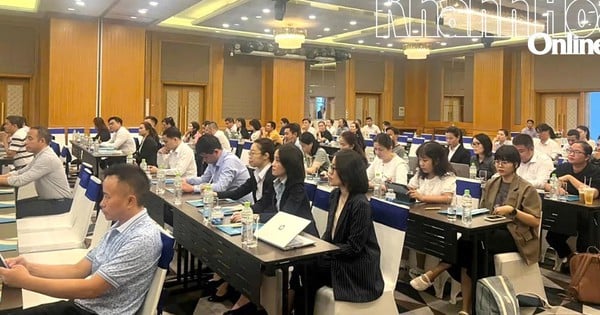


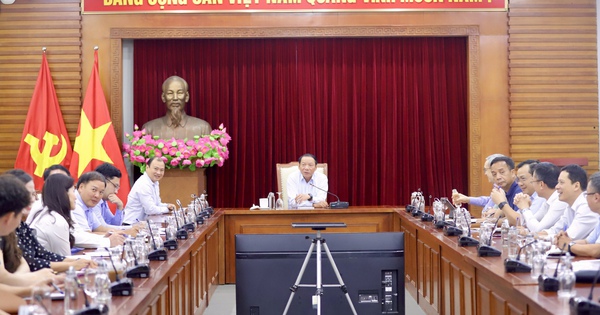
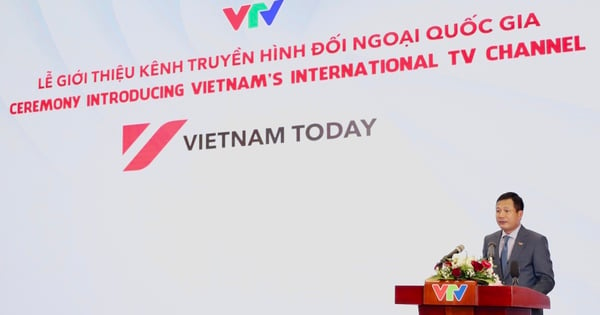
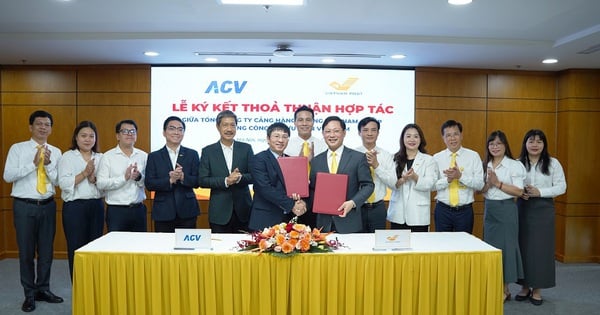

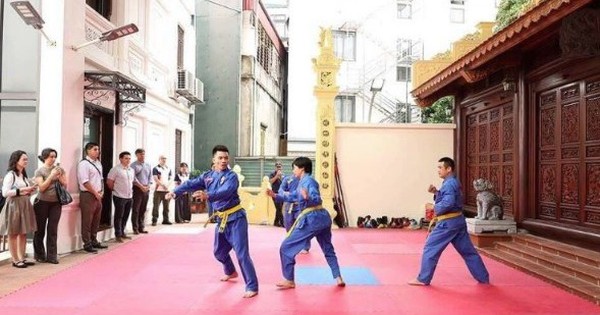











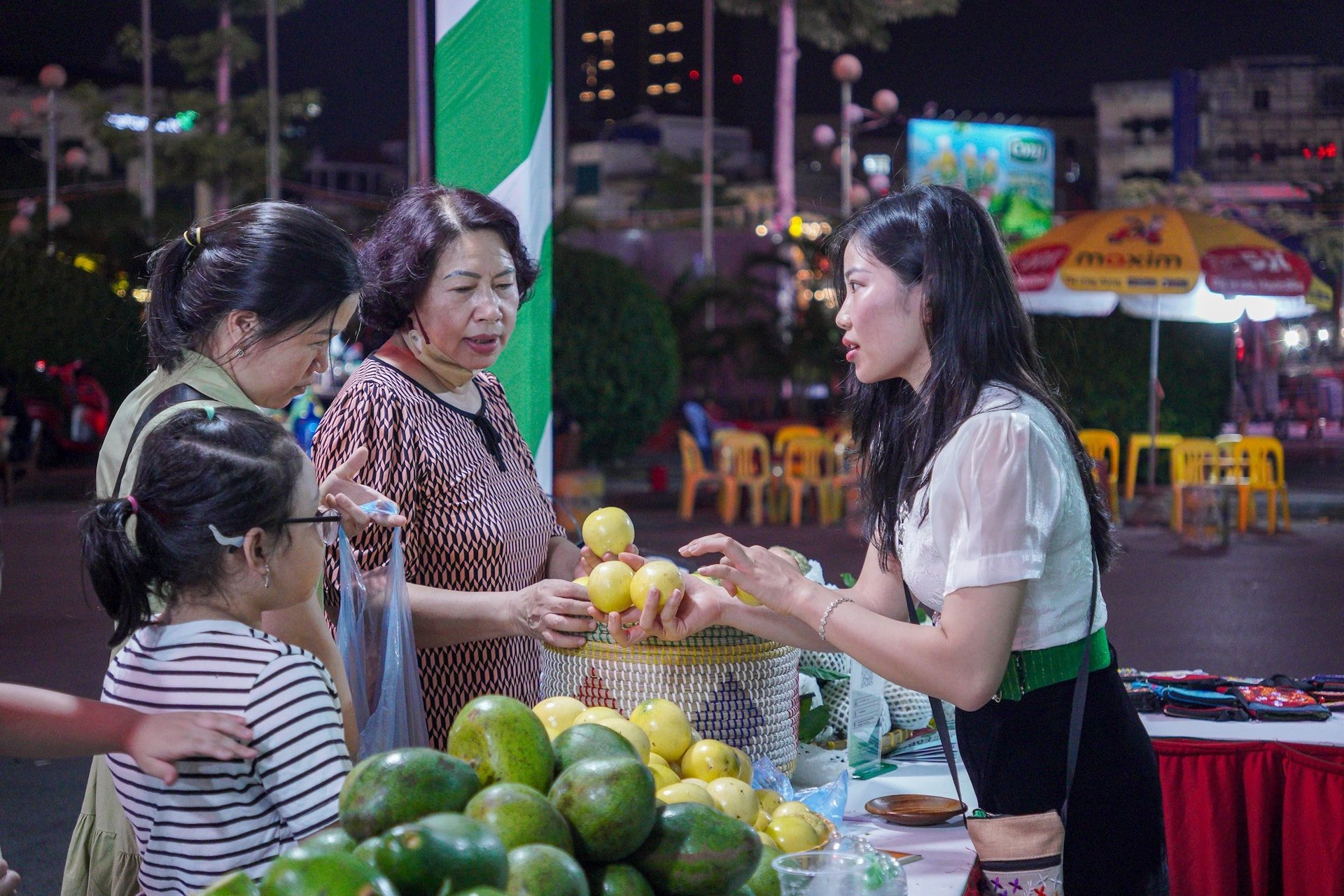



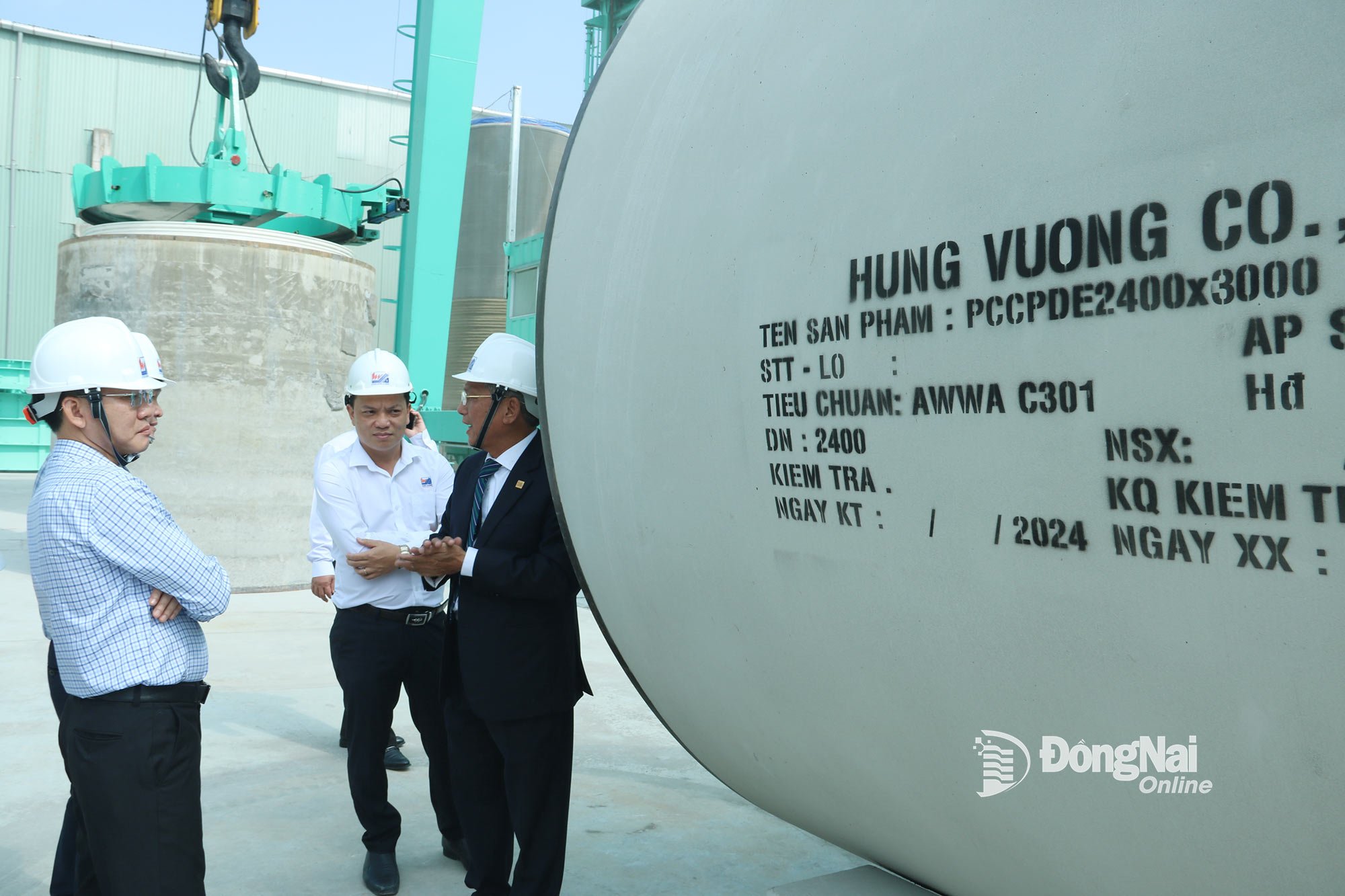






Comment (0)